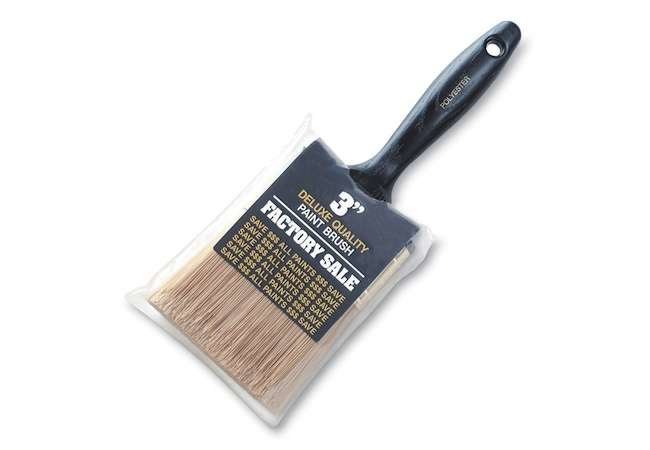
We may earn revenue from the products available on this page and participate in affiliate programs. Learn More ›
Wall Brush
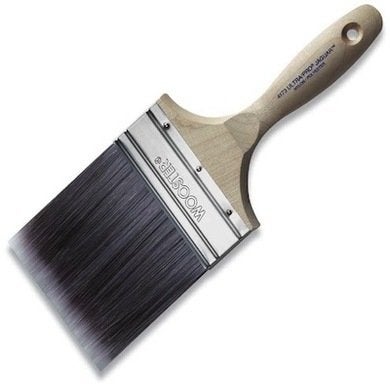
A flat wall brush is the right tool for covering flat surfaces and large areas, such as walls, smooth doors, and paneling. They generally come in 3-, 4-, and 6-inch sizes and various bristle types that allow them to work with all types of paint.
Related: How to Paint a Room in 9 Steps
Angled Sash Brush
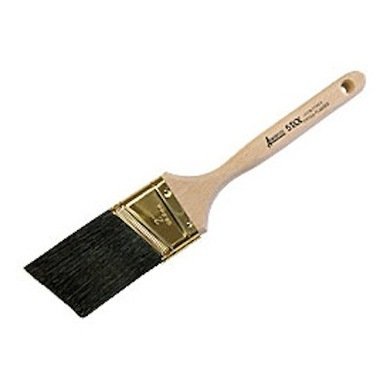
The bristles of an angled sash brush (sometimes called a “cutting brush”) are cut at a slant, making it easier to paint clean lines. Use it for anything with grooves, like cabinets, furniture, or paneled doors, or when you are painting close to another surface, such as between window trim and walls.
Related: How to Paint Furniture Like a Pro
Round Sash Brush
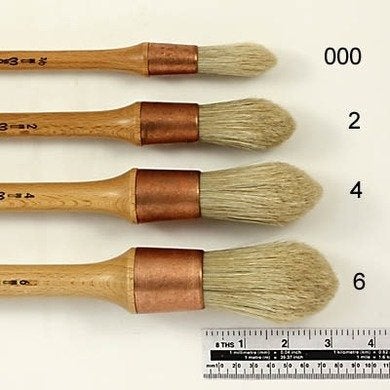
The round sash brush has a blunt, tapered tip with soft edges. It can cover a large area and is a favorite of faux and decorative finish painters, because the round shape gives greater control. Sizes, measured by the diameter of the bristle head, range from around 20 to 40 millimeters. Besides decorative painting, it’s also useful for small trim, like window muntins.
Related: Believe It or Not: 9 Incredible Faux Finishes You Can Do Yourself
Finishing Brush
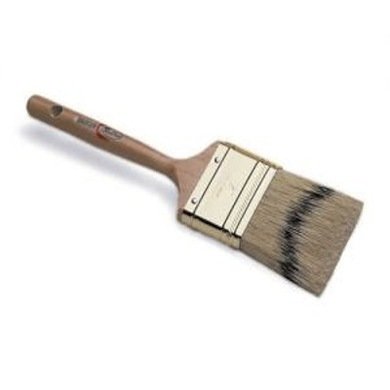
A very soft brush made of ox hair or China bristle (or a material that mimics it), a finishing brush will provide a fine, smooth look. Use it for furniture finishes or final coats in places that will receive close and constant attention, like kitchen cabinets.
Related: How To: Paint Kitchen Cabinets
Flagged Bristle
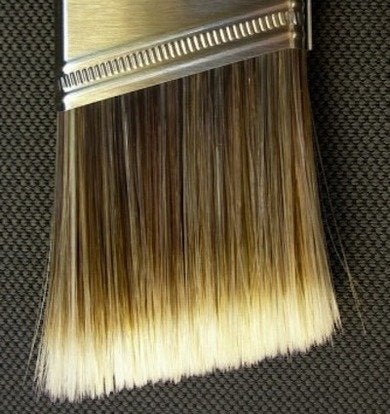
A standard square-cut brush has bristles that are also cut square. Flagged bristles, on the other hand, are actually split at the ends and look fuzzy. The split ends create more surface area and allow the brush to hold more paint and to release the paint more smoothly, thus giving a cleaner finish.
Related: 10 Secrets Paint Pros Won’t Tell You
Synthetic Bristles
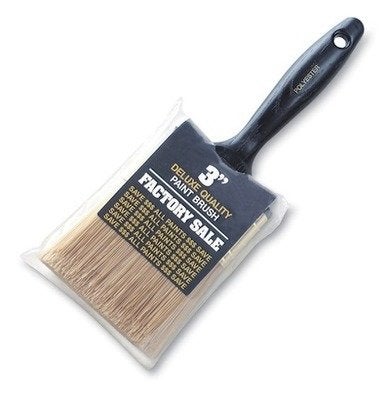
Brushes made with nylon or polyester bristles (or a nylon/polyester mix) work best with water-based latex paints and finishes. They hold their shape and stiffness, and last a long time with proper care. They are also easy to clean; often running water is all that’s required.
Related: Types of Paint and Paint Finishes: A Complete Guide
Natural Bristle
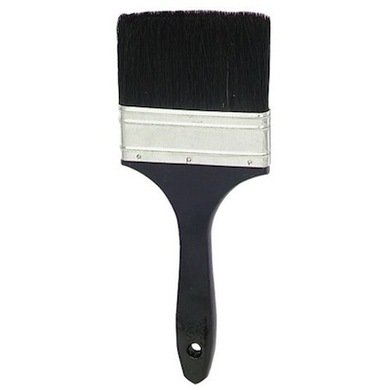
A natural bristle brush, made of animal hair, is ideal for applying oil-based paints, urethanes, and shellac. The tips are naturally flagged, which helps to ensure a smooth finish. The stiffer bristles make applying thicker, more viscous products easier.
Short-Handled Trim Brush
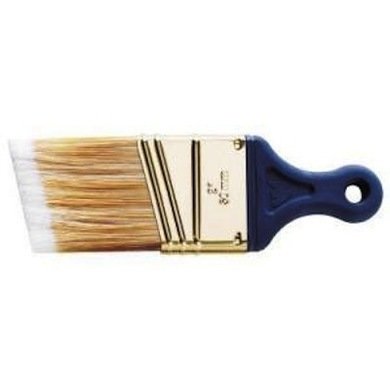
A short-handled trim brush enhances control and makes painting trim or cutting easier, faster, and less fatiguing. It also allows for better maneuverability in tight spaces. Use it anywhere you’d use an angled sash brush. It’s especially helpful if you have a lot of trim to paint.
Related: How To: Paint Trim
Foam Brush
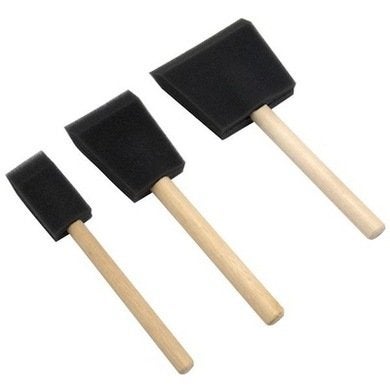
Foam brushes are designed to absorb and hold all types of paints, stains, and urethanes. They give a smooth finish and are priced to throw away after the job is done. Use them on furniture, cabinetry, and trim.
Related: 10 Secrets Paint Pros Won’t Tell You

DIY Flooring Solutions That Look Practically Professional
In search of flooring that meets the needs of the space without sacrificing style? We found solutions for 5 tricky space updates that blend aesthetics, durability, and DIY-friendly design.